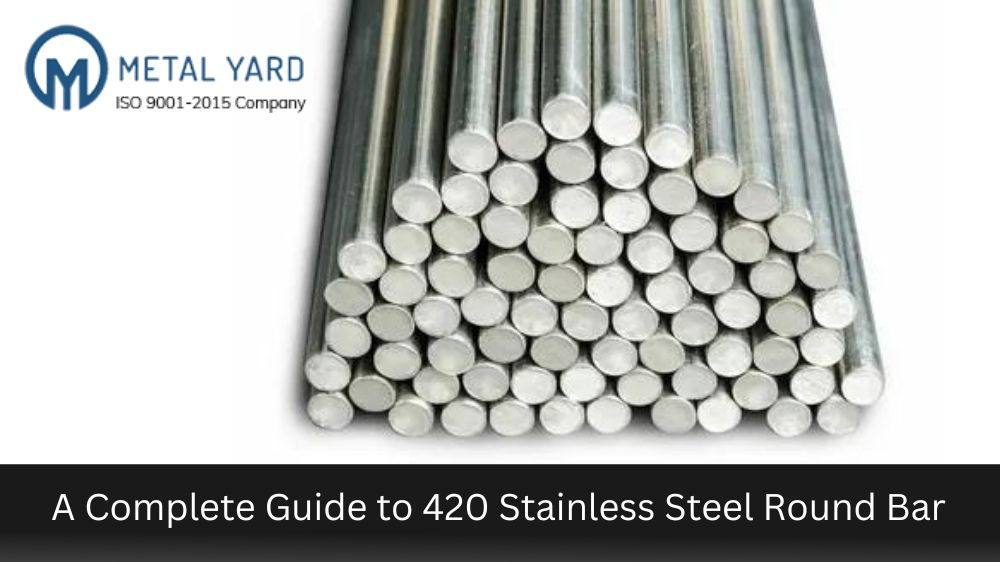Stainless steel is an alloy that has earned a commendable place in the manufacturing industry. One of the most widely used stainless steel alloys is 420. It is trusted for various industrial applications because of its high wear, hardness, and corrosion resistance. Among the many forms of 420 stainless steel, the round bars are one of the most popular.
This blog post presents a complete guide to 420 stainless steel round bars. Whether you are a manufacturer or an end user, this guide will provide you with all the essential information you need to know about the properties, uses, manufacturing process, and more.
What is 420 Stainless Steel Round Bar?
420 Stainless Steel Round Bar is a hardenable, martensitic stainless steel that is corrosion resistant and can be heat treated for increased strength and hardness. It has excellent polish and machinability, making it ideal for high-precision components like valves, bolts, and fittings. Its high corrosion resistance makes it an excellent choice for applications that require high amounts of protection from the elements.
Properties of 420 Stainless Steel Round Bars
420 stainless steel round bars have a high carbon content, making them ideal for applications requiring high hardness and wear resistance. Additionally, this alloy also contains chromium, which imparts high corrosion resistance to it. When heat-treated, 420 round bars exhibit excellent mechanical properties such as high tensile strength and good ductility. This makes them suitable for various applications, including pump shafts, valve parts, cutlery, etc.
Applications of 420 Stainless Steel Round Bars
Due to its high corrosion and wear resistance, 420 stainless steel round bars are used in many industries, including aerospace, automotive, construction, and more. In aerospace, these bars manufacture engine components such as turbine blades and combustion chambers. They are also used to construct chemical processing equipment, such as pumps and valves operating in corrosive environments.
Manufacturing Process of 420 Stainless Steel Round Bars
The manufacturing process of 420 stainless steel round bars involves several steps. It starts with the melting of raw materials in an electric arc furnace. Then, the molten alloy is cast into billets or ingots. The next step is the hot rolling of the billets. This helps shape them into the desired size and shape. Finally, the bars are subjected to heat treatment processes such as annealing and quenching to improve their properties.
Care and Maintenance of 420 Stainless Steel Round Bars
To maintain the excellent properties of 420 stainless steel round bars, it is crucial to use and maintain them correctly. This involves avoiding exposure to corrosive environments and installing them correctly. Additionally, it is essential to clean and maintain them regularly using mild cleaning solutions and non-metallic abrasives and lubricate them adequately.
Conclusion:
In summary, 420 stainless steel round bars are a versatile and reliable alloy known for their high hardness, wear, and corrosion resistance. Understanding their properties, applications, manufacturing process, and maintenance needs is crucial for anyone requiring them. This complete guide gives you all the information you need to utilize this alloy to its full potential in your applications.

